Did you know that over 80% of premium TVs released today support at least one dynamic HDR format? In 2024, the competition between Dolby Vision and HDR10+ is fiercer than ever. With both formats continuing to push the boundaries of what we can expect from home entertainment.
nnnnWhether you’re on the hunt for a new TV or just trying to figure out why your favorite shows look so stunning. This in-depth comparison will give you all the insights you need. So you can master the key differences and choose the best HDR format for your setup!
nnnnHelpfull article:
nnnnTV Buying Guide: 5 Essential Tips for Choosing the Right TV | 4K, HDR, Screen Size
nnnnWhen buying a TV, consider screen size, 4K resolution, screen type, HDR, and price. Opt for a 65-inch 4K TV with HDR for immersive… Read more
Best latest article:
nnnnnTable of Contents:
n nKey Technical Differences
nnnnDynamic metadata is one of the key features that sets Dolby Vision and HDR10+ apart from standard HDR formats. But what exactly does it do and mean? In simple terms, dynamic metadata allows these formats to adjust the brightness, contrast, and color of each scene individually. This makes sure you get the best possible picture quality for every moment. Dolby Vision takes it a step further by optimizing each frame, whereas HDR10+ typically handles changes scene by scene. This ensures that both formats deliver top-tier performance, but Dolby Vision’s frame-by-frame optimization tends to offer more precision. Which is especially true in fast-paced action scenes or movies with lots of visual detail. Fun fact: Dolby Vision can manage up to 68 billion colors, which is pretty mind-blowing when you think about it!
nnnn
When it comes to color depth, Dolby Vision clearly takes the lead with its 12-bit color support, while HDR10+ sticks to 10-bit. Now, you might think, “Is 12-bit really that much better than 10-bit?” And the answer is: absolutely! With 12-bit color, Dolby Vision can display over 4,000 times more color shades than HDR10+’s 10-bit! This means richer and more detailed color transitions, especially in scenes with subtle gradients, like sunsets or underwater shots. If you’re love visually stunning movies or games, you’ll appreciate the extra depth that Dolby Vision brings to the table.
nnnnHere’s a quick breakdown of color capabilities:
nnnn| Format | Color Depth | Number of Colors |
|---|---|---|
| Dolby Vision | 12-bit | 68 billion |
| HDR10+ | 10-bit | 1 billion |
Brightness and color volume are other areas where these formats differ. Dolby Vision supports peak brightness levels of up to 10,000 nits, while HDR10+ maxes out at 4,000 nits. That’s a pretty big gap! This difference in brightness is most noticeable in scenes with a high contrast between light and dark areas. Dolby Vision tends to display brighter highlights without losing detail. Meanwhile, HDR10+ can sometimes struggle to maintain the same level of clarity. Both formats do an excellent job of expanding color volume, but Dolby Vision’s higher brightness range gives it the edge. Especially in scenes where vivid, lifelike colors are crucial.
nnnnnnnn
Get all the latest post on through the eyes of a teenager straight in your inbox.
nnnnSubscribe to stay updated, it’s free!
nnnIn terms of real-world picture quality, both formats deliver an impressive experience. However, Dolby Vision often stands out due to its finer detail in both color and brightness. This is especially noticeable on high-end TVs that can fully utilize Dolby Vision’s potential. However, HDR10+ is still a solid option, particularly in TVs that don’t quite reach the same performance levels. On the technical side, Dolby Vision does require more bandwidth due to its larger data size. But compression methods like HEVC (High Efficiency Video Coding) help minimize the impact on streaming. HDR10+, being a lighter format, can run smoothly on lower bandwidths without needing as much compression. So, while Dolby Vision may offer a slight visual edge, HDR10+ is still a fantastic option. Especially for viewers with slower internet connections or more affordable TV’s.
nContent Availability and Industry Support
nnnnWhen it comes to market share and adoption rates, Dolby Vision is taking the lead. As of 2024, about 35% of new TVs are equipped with Dolby Vision, while HDR10+ holds only around 15%. This growth is fueled by increasing compatibility across devices and strong support from major streaming platforms. Interestingly, Dolby Vision has been adopted by over 1,000 devices, from high-end TVs to smartphones, making it incredibly versatile!
nnnn
Major streaming platforms are also crucial players in the HDR game. Netflix, Amazon Prime Video, and Disney+ have all embraced Dolby Vision. Offering extensive libraries of content optimized specifically for this format. For instance, Netflix has committed to releasing a significant number of its originals in Dolby Vision. On the other hand, HDR10+ is prominently featured on Amazon Prime, although Disney+ has yet to fully adopt it. Here’s a quick look at the streaming support for each format:
nnnn| Streaming Platform | Dolby Vision | HDR10+ |
|---|---|---|
| Netflix | ✔️ | ❌ |
| Amazon Prime Video | ✔️ | ✔️ |
| Disney+ | ✔️ | ❌ |
In the realm of gaming, both PlayStation 5 and Xbox Series X support Dolby Vision. Which provides gamers with an enhanced visual experience through dynamic scene optimization. This allows colors and brightness to adapt in real time, making for stunning graphics in games. While HDR10+ also has support on these consoles. Dolby Vision’s advanced capabilities give it an edge for gamers seeking the most immersive experience.
nnnnFinally, in terms of regional availability, Dolby Vision has seen high adoption rates in North America and Europe. Which is largely due to the prevalence of compatible devices and content. HDR10+, while growing, tends to be more popular in certain markets, especially in Asia. As HDR technology continues to develop, it’s clear that Dolby Vision is paving the way for mainstream adoption. although HDR10+ still remains a solid contender in specific niches.
nHardware Compatibility
nnnnWhen it comes to TV manufacturers supporting HDR formats, both Dolby Vision and HDR10+ have gained traction across various brands. Major players like LG, Sony, and Vizio have all fully embraced Dolby Vision. Offering a wide range of models with this advanced HDR format. On the other hand, Samsung has been a strong advocate for HDR10+. With many of its QLED TVs supporting this technology. Here’s a quick look at some key manufacturers and their supported formats:
nnnn| Manufacturer | Dolby Vision | HDR10+ |
|---|---|---|
| LG | ✔️ | ❌ |
| Sony | ✔️ | ❌ |
| Samsung | ❌ | ✔️ |
| Vizio | ✔️ | ❌ |
| Panasonic | ✔️ | ✔️ |
Cost implications also play a significant role in the adoption of these formats. For manufacturers, integrating Dolby Vision often involves higher licensing fees and more complex hardware requirements. Which can lead to increased production costs. This, in turn, affects the price of the TVs for consumers. While HDR10+ is generally more cost-effective, enabling manufacturers to produce affordable models. It may come at the expense of some advanced features that Dolby Vision offers. As a result, consumers can expect to pay a premium for TVs with Dolby Vision support. However, many find the enhanced picture quality worth the investment.
nnnn
In terms of required hardware specifications, Dolby Vision typically demands more processing power and higher bandwidth for optimal performance. TVs need HDMI 2.0a or higher to support the format fully. Meanwhile, HDR10+ requires slightly less processing power, making it more accessible for a broader range of devices. Though, as technology evolves, ensuring that you have compatible hardware is crucial for enjoying the best HDR experience.
nnnnLooking ahead, future-proofing considerations are essential for anyone investing in a new TV or device. Dolby Vision has a solid track record and is expected to remain the leading format. As more content is created to take advantage of its capabilities. HDR10+, while currently less popular, is also being integrated into various devices and is likely to grow in popularity. Additionally, both formats are seeing increasing support on mobile devices and tablets. With many flagship models, like the iPhone and Samsung Galaxy series, now offering HDR streaming capabilities. So, whether you’re gaming, streaming movies, or simply watching your favorite shows. Both formats are positioned to deliver impressive visual experiences across a range of devices.
nReal-World Performance Analysis
nnnnWhen it comes to a side-by-side comparison of Dolby Vision and HDR10+ on identical content, the differences are subtle but noticeable. Dolby Vision typically delivers more vibrant colors, smoother gradients, and better detail in both bright and dark scenes. HDR10+ still offers great performance but can sometimes fall short in extreme brightness or dark areas. This is where details may be lost or appear washed out. Viewers often find Dolby Vision more consistent in dynamic scenes, while HDR10+ can struggle slightly in high-contrast situations.
nnnn
Testing methodology for these formats usually involves benchmarking tools like Calman and SpectraCal. Which measure color accuracy, brightness levels, and contrast ratios. Professional testers run the same scenes across different TVs, evaluating things like peak brightness, shadow detail, and color reproduction. Benchmark results are often in favor of Dolby Vision. Especially in high-end TVs where its 12-bit color depth and dynamic metadata shine. HDR10+ performs well in more affordable setups, but Dolby Vision consistently scores higher in areas like brightness and color accuracy.
nnnnHere’s a quick look at specific scenarios where each format excels:
nnnn- n
- Dolby Vision: Best for high-action movies, fast gaming scenes, and detailed animations due to its frame-by-frame optimization and superior brightness. nnnn
- HDR10+: Ideal for budget-friendly setups or content that doesn’t rely as heavily on high-contrast visuals, such as dramas or comedies. n
When it comes to different types of content, Dolby Vision tends to be better in movies and gaming. Its enhanced color depth and dynamic range make movies look more cinematic and games more immersive. Especially when playing on consoles that support Dolby Vision, like the Xbox Series X. For sports, HDR10+ performs quite well, offering sharp and clear images. Although, it can sometimes struggle with fast motion compared to Dolby Vision.
nnnnExpert opinions and reviews generally lean towards Dolby Vision as the preferred format. Particularly for those seeking the best picture quality possible on their TV. Professional reviewers from sites like Rtings and TechRadar often highlight Dolby Vision’s consistency and superior performance in real-world scenarios. Especially for users with high-end TVs like the LG C4 OLED Evo. HDR10+, while still highly praised, is considered the more budget-friendly alternative. Whilst still delivering solid performance it does lack the fine-tuned optimization that Dolby Vision offers.
nConsumer Considerations
nnnnWhen comparing the cost of devices supporting Dolby Vision and HDR10+, Dolby Vision devices are generally more expensive. This is partly due to the higher licensing fees – 2 to 3 dollars per unit. But also partly due to the advanced hardware needed to handle Dolby Vision’s dynamic metadata and 12-bit color. In contrast, HDR10+ is royalty-free, making it more budget-friendly. TVs from brands like LG and Sony that support Dolby Vision tend to come with a higher price tag. Especially compared to Samsung models that primarily support HDR10+.
nnnn
Setting up both formats is pretty user-friendly, but Dolby Vision may require a bit more attention to detail. TVs with Dolby Vision usually need HDMI 2.0 or higher, and some settings might need tweaking to ensure optimal performance. HDR10+ is generally more straightforward, working well with a broader range of devices. Most modern TVs automatically detect HDR content, making the setup fairly seamless for both formats.
nnnnThe viewing experience in different lighting conditions also varies. Dolby Vision excels in bright rooms because of its higher peak brightness. This allows details to remain sharp even in well-lit environments. HDR10+ can fall short in bright spaces, particularly in darker scenes where detail might be harder to discern. In dark rooms, both formats offer great performance. However, Dolby Vision’s deeper black levels make it the better choice for movie lovers seeking the most immersive experience.
nnnnHere’s a quick comparison of Dolby Vision vs HDR10+:
nnnn| Feature | Dolby Vision | HDR10+ |
|---|---|---|
| Price | Higher | More affordable |
| Setup complexity | Moderate | Easy |
| Bright room performance | Excellent | Good |
| Dark room performance | Superior | Very good |
In terms of user feedback, Dolby Vision generally receives higher satisfaction scores. Especially from users with high-end TVs and home theater setups. Many users praise its vibrant colors and impressive contrast. HDR10+ still has plenty of satisfied users, particularly those who appreciate its affordability and strong performance for the price. Both formats deliver a solid HDR experience, but Dolby Vision tends to be favored for premium setups.
nFuture Developments and Industry Trends
nnnnUpcoming technological improvements for both Dolby Vision and HDR10+ are set to make HDR even better than it already is. Dolby Vision is enhancing its dynamic metadata to make real-time scene adjustments more accurate. While HDR10+ is focusing on improving brightness and color performance to keep up with its competitor. Both formats are also optimizing for newer display technologies like OLED and Mini-LED. Which in turn will majorly enhance the viewing experience in the coming years.
nnnn
In terms of market trends, Dolby Vision is predicted to maintain dominance in the premium segment. With over 50% of new TVs supporting the format by 2025! HDR10+ is expected to stay strong in the mid-range market because of its cost-efficiency. Streaming platforms like Netflix, Prime Video, and Disney+ will continue pushing adoption by offering more content in both formats. Additionally, the rise of 8K TVs will further increase the demand for HDR technology.
nnnnWhile some speculate about the convergence of HDR formats, it seems unlikely in the near future. Dolby Vision and HDR10+ are both deeply rooted in their ecosystems. With Dolby Vision excelling in high-end devices and HDR10+ in more affordable ones. However, new standards like HDR10+ Adaptive, which adjusts content based on room lighting, could bring both formats closer in performance.
nnnnLooking at 8K resolution, both formats will need to step up their game. Dolby Vision’s dynamic metadata will likely give it the edge in 8K, ensuring crisp details in every scene. HDR10+ is improving its 8K capabilities but might still lag behind in terms of brightness and color depth. Experts predict that Dolby Vision will continue to lead the high-end market, especially when 8K becomes more mainstream.
nnnn| Aspect | Dolby Vision | HDR10+ |
|---|---|---|
| Market share growth | Strong in premium segment | Steady in mid-range |
| 8K performance potential | Excellent with dynamic metadata | Good but improving |
| Technological improvements | Enhanced scene optimization | Better brightness and colors |
Dolby Vision Vs HDR10+ – Conclusion
nnnnChoosing between Dolby Vision and HDR10+ comes down to what matters most for your viewing experience. If you’re looking for the highest brightness, deeper colors, and dynamic metadata, then Dolby Vision is perfect for high-end setups. Especially if you tend to stream a lot on platforms like Netflix or Disney+. On the other hand, HDR10+ is a more affordable option. Offering great picture quality for those using Amazon Prime or working with mid-range equipment. Both formats will elevate your home entertainment, but Dolby Vision might edge out for top-tier performance.
nnnnBefore making your decision, think about your current setup and future upgrades. Are you planning to upgrade to 8K or stick with 4K? Will your streaming preferences or gaming needs benefit more from one format? No matter what you choose, both Dolby Vision and HDR10+ will significantly enhance your HDR experience. Use this comparison to pick the format that best fits your needs and enjoy incredible visuals in your TV setup!
nDolby Vision Vs HDR10+ – FAQ’s
nnnnYes, many modern TVs, especially high-end models, support both Dolby Vision and HDR10+. This ensures you get the best HDR performance regardless of the format your content uses.
nFor Dolby Vision, you’ll need an HDMI 2.0 or higher cable to handle the increased data load, especially for 4K or 8K content. HDR10+ is a bit more flexible with cables, but it’s still a good idea to use an HDMI 2.0 or newer for the best performance with either format.
nYes, Dolby Vision is starting to be supported on some gaming consoles, like the Xbox Series X, providing better contrast and color accuracy in games. HDR10+ isn’t as widely supported in gaming but still delivers excellent visuals for HDR-compatible titles. If you’re a gamer, Dolby Vision might offer a slight edge in immersive gameplay.
n






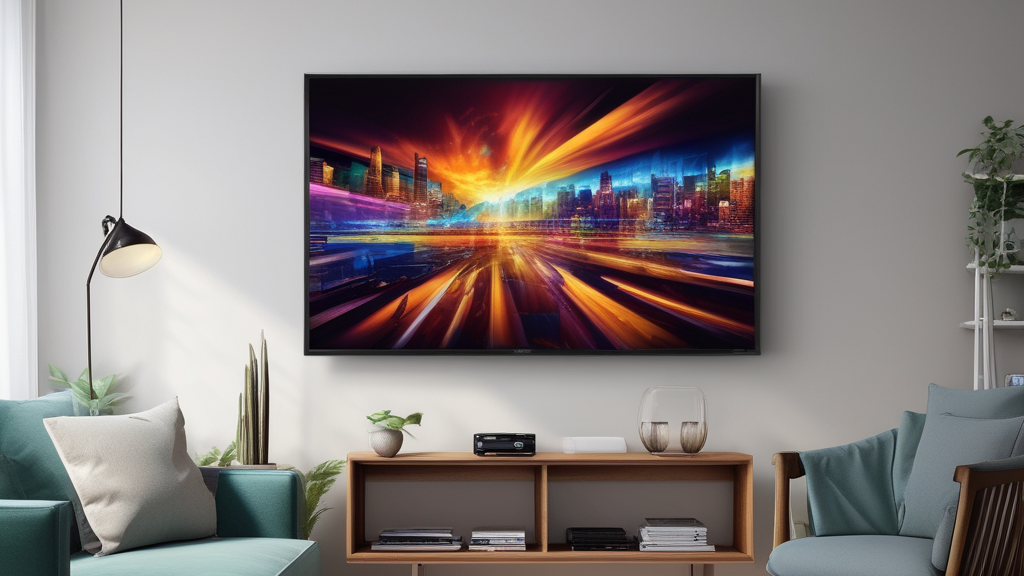
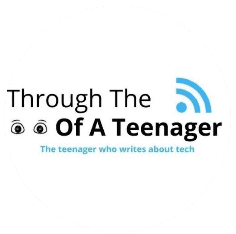
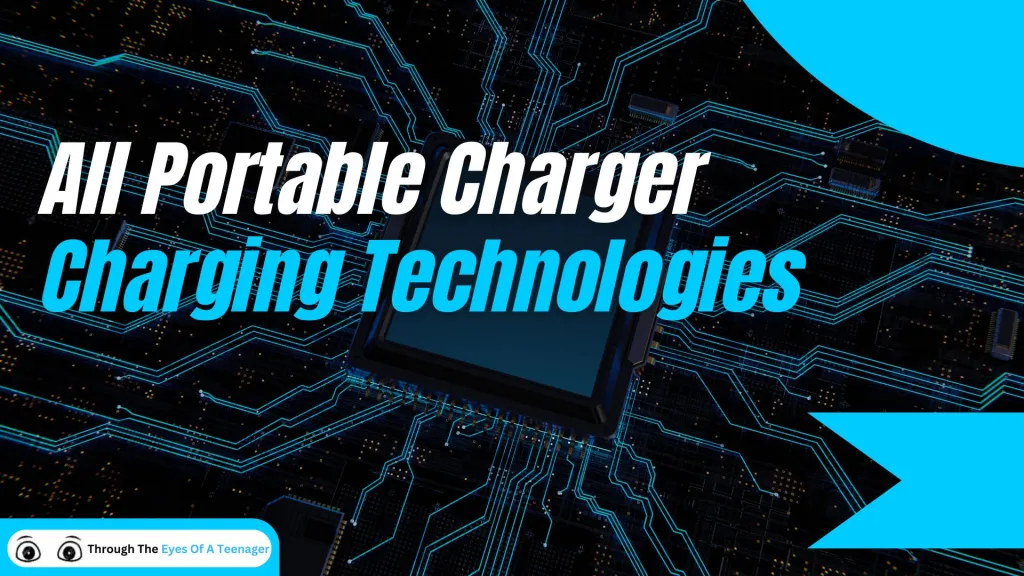
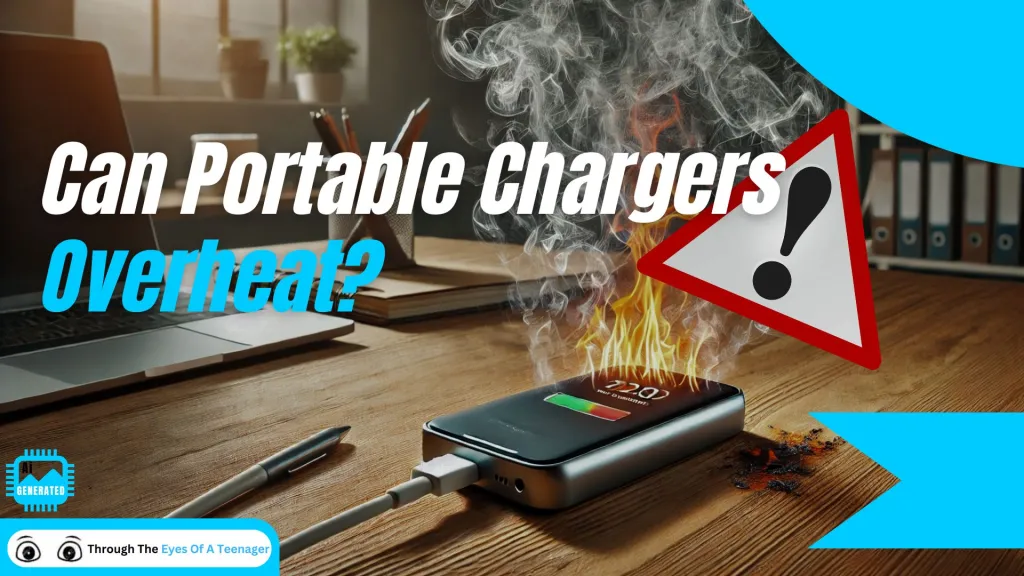
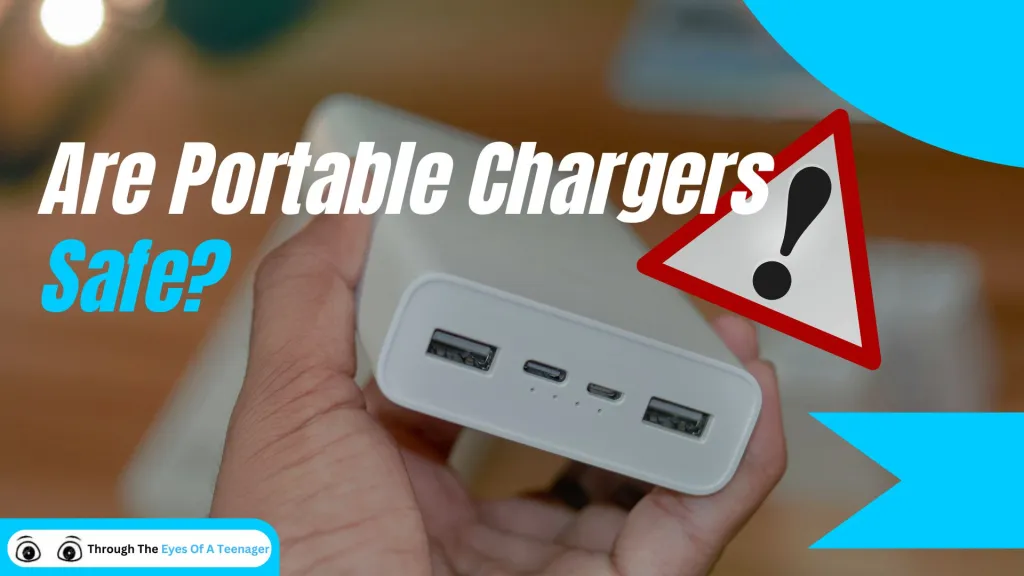
Are Portable Chargers Safe? Everything You Need to Know in 2024
Discover the truth about portable charger safety in 2024. Learn about potential risks, how to choose safe devices, and essential tips to protect your electronics and yourself. (140 characters)
Can Portable Chargers Charge Laptops in 2024: Everything You Need to Know
Discover how portable chargers can power your laptop on the go. Learn about compatibility, wattage requirements, and top tips for choosing the right portable charger in 2024.
Is a 10,000 mAh Power Bank Good? What You Need to Know in 2024
Discover if a 10,000 mAh power bank is the right choice for your charging needs. Learn about capacity, charging capabilities, portability, and how to choose the perfect portable charger.
Power Bank vs. Portable Charger: Understanding the Key Differences in 2024
Confused about power banks and portable chargers? Discover the essential differences, features, and which device is right for your charging needs in our comprehensive guide.
How Many Watts Do I Need to Charge My Laptop? Power Requirements Guide 2024
Discover exactly how many watts your laptop needs to charge properly. Learn about power requirements, charger compatibility, and how to choose the right wattage for your device in 2024.